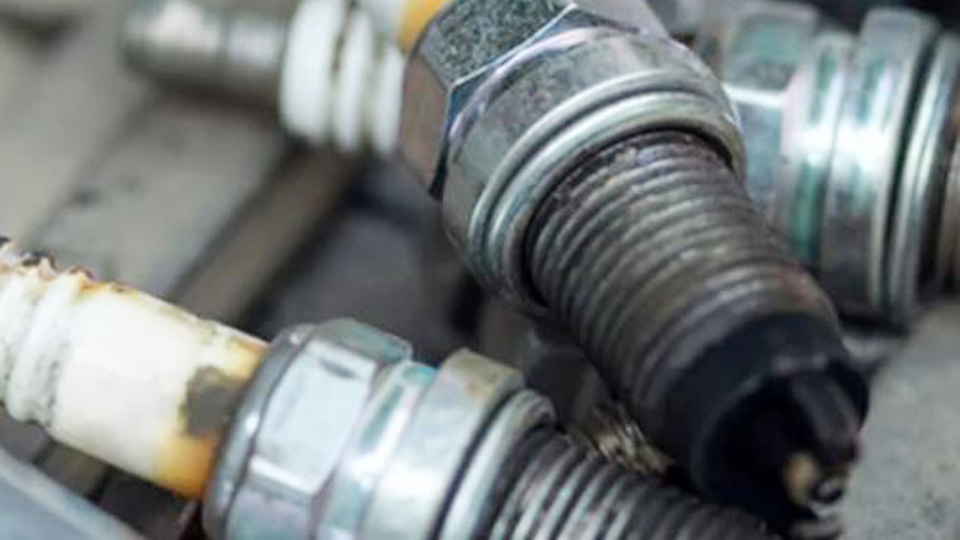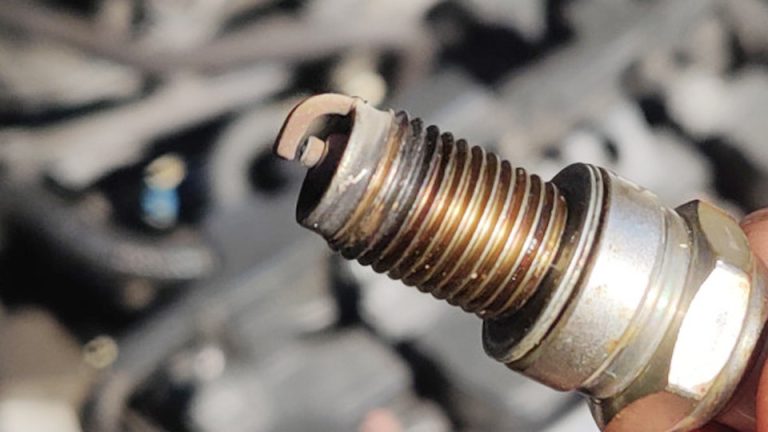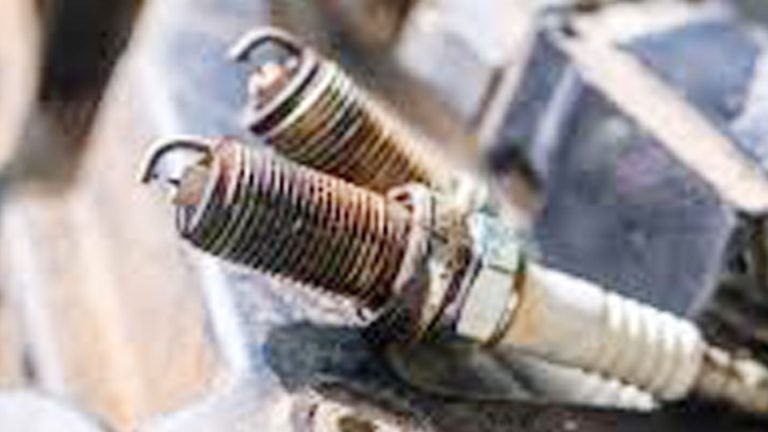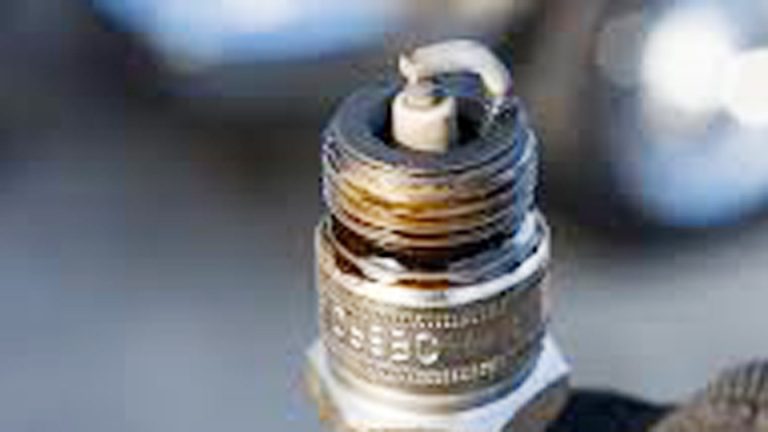When your car isn’t running quite right—say it’s harder to start in the morning, the engine feels rough at idle, or you notice a sudden drop in gas mileage—bad spark plugs are often one of the first things I check in the garage. They may be small and inexpensive, but they’re absolutely vital to how your engine performs.
So, how do bad spark plugs affect your car? In simple terms, spark plugs create the spark that ignites the fuel-air mixture inside your engine’s cylinders. If they’re worn out, dirty, or damaged, that spark weakens or fails altogether. The results can show up in many ways: misfiring cylinders, sluggish acceleration, poor fuel efficiency, rough idling, and even difficulty starting the engine. Over time, neglecting bad spark plugs can stress other components like ignition coils or the catalytic converter, turning a cheap fix into a costly repair.
I’ve swapped out countless plugs for drivers who couldn’t believe how much smoother, quieter, and more powerful their car felt afterward. It’s one of those maintenance tasks that seems minor until you experience the difference yourself.

Image by torquetrigger
What Are Spark Plugs and Why Do They Matter in Your Engine?
Spark plugs are those little threaded components screwed into the top of your engine’s cylinders. Their job? To create a spark that ignites the compressed air-fuel mix, basically exploding it to push the pistons and crank out power. Without them firing right, your engine’s just a fancy paperweight.
In my time turning wrenches, I’ve seen how vital they are for overall vehicle health. A good set ensures smooth combustion, which ties directly into safety—think consistent power delivery when you need to accelerate quickly. Performance stays sharp, with responsive throttle and no hesitation.
On the cost side, they help optimize fuel burn, keeping your wallet happier at the pump. Reliability? Fresh plugs mean fewer breakdowns, especially in stop-and-go traffic common in US cities like LA or Chicago. And fuel efficiency—I’ve measured improvements up to 5% after replacements on older V8s.
But why do they wear out? Electrodes erode over time from the heat and pressure, or they get fouled by oil, carbon, or poor fuel. In high-mileage vehicles like Toyota Camrys or Honda Accords—staples in American driveways—this happens around 60,000-100,000 miles, depending on the type.
Signs That Your Spark Plugs Are Going Bad
Picture this: You’re idling at a red light, and your engine starts shaking like it’s got the chills. That’s a classic sign of bad spark plugs I’ve diagnosed more times than I can count. Common symptoms include rough idling, where the car vibrates unevenly because one or more cylinders aren’t firing properly.
Another big one is trouble starting, especially on cold mornings. If your Chevy Silverado cranks but doesn’t catch right away, plugs could be worn. I’ve had customers bring in Fords where the engine misfires under load, like accelerating uphill—feels like a stutter or bucking.
Poor acceleration is huge too. Your car might feel sluggish, lacking that punch when you floor it. And don’t ignore increased exhaust smoke or a strong gas smell; that’s unburned fuel escaping due to weak sparks.
In the shop, I always check the check engine light first—codes like P0300 (random misfire) often point straight to plugs. Fuel economy drops noticeably; I’ve seen Subarus go from 28 MPG highway to 22 just from fouled plugs.
How Bad Spark Plugs Impact Engine Performance and Power
Bad spark plugs hit performance hard, turning your zippy sedan into a slug. The spark isn’t strong enough, so combustion is incomplete, leading to power loss. You’ll feel it in reduced torque—merging onto interstates becomes a chore.
From my experience with performance tunes on Mustangs, weak plugs cause detonation or pre-ignition, which can ping the engine and rob horsepower. In dyno tests I’ve run, swapping to fresh iridium plugs added 5-10 HP on naturally aspirated setups.
It affects drivability too. Smooth shifts in automatics get jerky, and manuals feel less responsive. On trucks like Rams, towing capacity suffers because the engine can’t maintain consistent power.
Reliability takes a nosedive—constant misfires stress other components, like coils or wires. I’ve replaced entire ignition systems on Jeeps where ignoring plugs led to cascading failures.
Effects of Bad Spark Plugs on Fuel Efficiency and Emissions
Fuel efficiency plummets with bad plugs because incomplete burns waste gas. In my fuel logs from fleet vehicles, I’ve noted drops of 10-15% on highways. For a daily commuter like a Hyundai Elantra, that means filling up more often, adding up to extra hundreds yearly.
Emissions spike too—unburned hydrocarbons and carbon monoxide increase, potentially failing smog tests in states like California. I’ve helped owners pass inspections by just gapping and cleaning plugs.
Why? Weak sparks don’t fully ignite the mix, so more fuel goes out the tailpipe. This hurts the environment and your pocket, as catalytic converters work overtime and wear faster.
In eco-focused rides like Prius hybrids, bad plugs disrupt the gas-electric balance, killing MPG even more.
Can Bad Spark Plugs Cause Long-Term Damage to Your Car?
Absolutely, and I’ve seen the fallout in my bay. Ignored misfires can warp valves or pistons from uneven heat. On high-compression engines in BMWs, this leads to costly head gasket jobs.
Catalytic converters clog from excess fuel, triggering P0420 codes and replacements costing $1,000+. Oxygen sensors fail prematurely too.
In older carbureted classics I’ve restored, fouled plugs led to backfires that damaged exhaust manifolds. Even in modern direct-injection setups on GMs, carbon buildup accelerates.
Safety-wise, sudden power loss on freeways is no joke—I’ve towed in vehicles where plugs caused stalls mid-drive.
When Should You Replace Your Spark Plugs?
Timing depends on type and driving. Copper plugs in older domestics like my ’90s Dodge need swaps every 30,000 miles. Platinum or iridium in newer imports last 60,000-100,000.
Check your manual—Ford recommends 100,000 for many F-150s, but harsh conditions like towing cut that in half.
Why replace? To prevent issues before they start. I’ve advised proactive changes on high-mileage Subarus to avoid winter breakdowns.
Signs screaming for replacement: Persistent misfires, poor MPG, or visible wear when inspected.
OEM vs Aftermarket Spark Plugs: Which Should You Choose?
OEM plugs come from the factory supplier, like AC Delco for GMs or Motorcraft for Fords. They’re designed for exact fit and performance, ensuring warranty compliance.
Aftermarket options from NGK, Bosch, or Denso offer variety—often cheaper and sometimes better for tuned engines.
In my shop, I’ve used both. OEM for stock reliability, aftermarket for upgrades.
Here’s a quick comparison table based on US market staples for a typical V6 engine like in a Toyota Camry:
| Aspect | OEM (e.g., Denso) | Aftermarket (e.g., NGK Iridium) | Aftermarket (e.g., Bosch Platinum) |
|---|---|---|---|
| Price per Plug | $5-8 | $6-10 | $4-7 |
| Lifespan | 60,000-100,000 miles | 80,000-120,000 miles | 50,000-80,000 miles |
| Performance | Stock reliable | Enhanced spark for better power | Good for efficiency |
| Availability | Dealerships, AutoZone | O’Reilly, Advance Auto | Walmart, Amazon |
| Warranty | Matches vehicle | 1-3 years | 1 year |
Pros of OEM: Perfect compatibility, no guesswork. Cons: Pricier, less innovative.
Aftermarket pros: Cost savings, options for high-heat or racing. Cons: Quality varies—stick to reputable brands to avoid fakes.
I’ve swapped aftermarket NGKs into Hondas for better cold starts, but OEM in warranties to play safe.
How to Identify Genuine Spark Plugs vs Fakes
Fakes flood the market, especially online. Genuine ones have crisp laser etchings, no spelling errors on packaging.
Check holograms on Bosch boxes or QR codes on Denso. Weight them—fakes feel lighter.
In my experience, buying from trusted US retailers like NAPA avoids counterfeits. Inspect electrodes: Real iridium tips are precise, not rough.
Test with a multimeter for resistance—fakes often read off-spec.
Step-by-Step Guide to Replacing Spark Plugs Yourself
Alright, let’s get hands-on. First, gather tools: Socket wrench with extension, spark plug socket (rubber-lined to grip), gap tool, anti-seize, torque wrench, dielectric grease.
Safety first: Disconnect battery, let engine cool—hot plugs can strip threads.
Step 1: Locate plugs under coil packs or wires. On inline-4s like Civics, they’re easy; V8s like Silverados need manifold removal sometimes.
Step 2: Remove coils/wires carefully—label if needed.
Step 3: Blow out debris with compressed air to prevent dirt in cylinders.
Step 4: Loosen old plugs counterclockwise—use penetrating oil if stuck.
Step 5: Gap new plugs per spec (e.g., 0.040″ for many Fords)—use feeler gauge.
Step 6: Apply anti-seize to threads, hand-thread in, then torque to 15-20 ft-lbs.
Step 7: Reattach coils, grease boots.
Common mistake: Over-tightening, cracking porcelain. I’ve fixed that on DIY jobs gone wrong.
Takes 30-60 minutes for most cars—saved a buddy $200 on his Accord.
Common Mistakes When Replacing or Maintaining Spark Plugs
One biggie: Not gapping correctly. Too wide, weak spark; too narrow, misfires. Always check specs.
Dropping plugs—chips the electrode. Handle like eggs.
Forgetting anti-seize leads to seized plugs next time. I’ve wrestled those out with heat torches.
Mixing brands in one engine—uneven performance. Stick to matched sets.
Ignoring torque—under-torqued plugs loosen, over-torqued strip aluminum heads, common in modern engines.
Maintenance Tips to Make Your Spark Plugs Last Longer
Regular tune-ups help. Clean air filters prevent fouling—change every 15,000 miles.
Use quality fuel; cheap gas with ethanol builds deposits. I’ve seen Top Tier brands like Shell extend life.
Avoid short trips—they don’t heat plugs enough to burn off carbon.
Inspect annually during oil changes—pull one plug to check wear.
In humid areas like Florida, moisture causes corrosion; dielectric grease seals it out.
Personal Stories from the Garage: Fixing Spark Plug Issues
I remember a ’05 Chevy Tahoe that came in misfiring badly. Owner thought it was transmission—turned out plugs were oil-fouled from bad valve seals. Swapped to iridiums after fixing seals, ran like new.
Another time, a young guy with a tuned WRX blew plugs from too much boost. We downgraded to colder aftermarket ones—problem solved, and he gained track knowledge.
Common question: “Why’s my car using more gas?” Often plugs, like on a fleet of Uber Camrys I serviced—fresh sets cut fuel costs 10%.
Conclusion
Wrapping this up, bad spark plugs can sabotage your car’s performance, efficiency, and longevity, but catching them early keeps things smooth. By understanding signs, choosing right options, and maintaining properly, you’ll make smarter decisions—whether buying OEM for peace of mind or aftermarket for value. Always keep a spare set in your toolkit for roadside swaps; it’s saved me on long hauls more than once.
FAQ: Common Questions About Spark Plugs
What are the first signs of bad spark plugs?
The earliest clues are rough idling and hard starts. If your engine shakes at stops or hesitates on cold mornings, pull the plugs for inspection—black sooty tips mean trouble.
How much does it cost to replace spark plugs in the US?
DIY costs $20-50 for a set, plus tools. Shop labor runs $100-300, depending on engine access—easier on 4-cylinders, pricier on V8s like in trucks.
Can I drive with bad spark plugs?
Short distances, maybe, but it’s risky. Misfires strain the engine and could strand you—better to fix ASAP to avoid bigger bills.
What’s the difference between iridium and platinum spark plugs?
Iridium lasts longer (up to 120,000 miles) with finer tips for better sparks, ideal for modern engines. Platinum is mid-tier, good for 60,000-80,000, cheaper but wears faster in high-heat setups.
How do I know if my spark plugs need gapping?
Most come pre-gapped, but always verify with a tool. Wrong gap causes poor performance—I’ve adjusted many out-of-box sets for optimal fire.



